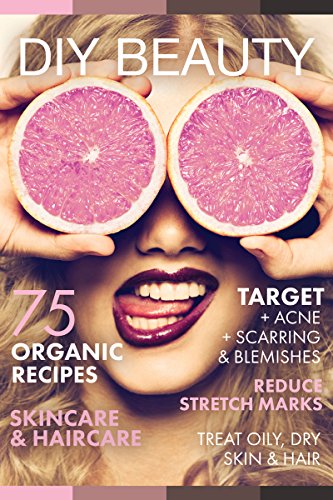Acne Myths Exposed – The Truth About Sunshine
In the years before now, one of the most common acne and skin care treatments suggested by doctors was the exposure of one's skin to the sun. This was thought to clear up acne, and the immediate improvements immediately following sun exposure seemed proof that the treatment worked. However, today's dermatologists, doctors, and skin care specialists are all in agreement – sun is not good for the skin, whether acne-prone or not. So why is the sun so harmful?
The basic story is this. The sun emits electromagnetic radiation, energy that reaches the earth in a variety of wavelengths. Certain wavelengths are visible to the human eye; others seem completely invisible. Ultraviolet (UV) rays are one wavelength category of electromagnetic energy that can not be seen by humans. UV rays have three general groupings, namely UVA, UVB, and UVC rays. All these rays can damage the skin, although UVA rays are the main concern. This is because 99% of the ultraviolet radiation that makes it through the ozone layer are of that wavelength group. Also, since UVA rays do not cause sunburn, it is very difficult to measure the amount of exposure an individual may receive.
Skin damage occurs when ultraviolet rays penetrate the skin, causing changes in the cells and potentially even mutating their DNA, a problem which can lead to cancer. People often think of suntans as indicative of controlled exposure, while believing that only sunburns (technically called erythema) are negative for their health. Many do not realize, however, that a suntan, like a sunburn, also indicates an injury to the skin. In fact, suntans can not be acquired without first damaging the epidermis. When UVB rays penetrate the epidermis, the skin reacts by stimulating melanin production to limit the depth of future radiation exposure. A suntan, therefore, is the skin's reaction to injury.
While the sun may be a temporary help for acne, the long-term picture is not so good. The sun is thought to kill acne-causing skin bacteria, and to blend in new acne scars and blemishes, however continued UV ray exposure actually increases the likelihood of clogged pores as a result of increased oil production and dead skin cell retention. For those with skin prone to acne, sun exposure can be a double-edged sword; they may be reluctant to use sunscreen to avoid adding grease to their face, but the unprotected exposure actually leads to more skin damage and likely more oil, so more clogged pores and acne.
Fortunately, several products have recently been developed that promise non-comedogenic effects, meaning that they have been proven to not cause acne. In addition to sunscreens, these include several moisturizers and even makeup products like foundation that include protection of up to SPF 15. SPF, of course, stands for Sun Protection Factor, and is a measure of how long a product protects the skin against sunburn when compared to how quickly the skin would burn without that protection. SPF 15 means that a person can stay in the sun for 15 times longer than they could without that protection, and without burning. So, for instance, if a person can spend only 10 minutes in the sun without burning, SPF 15 would extend that to 150 minutes, and SPF 30 would protect the skin for up to 300 minutes. This estimate, of course, depends on physical exertion and product exposure to water, both of which could mean that sunscreen needs to be re-applied more quickly.
For those with acne problems, sun exposure is not the idealized treatment it was thought to be. In addition to aging the skin and potentially causing skin cancer, the ultraviolet rays emitted by the sun can actually increase sebum production and sun-damaged skin cells can block pores. Temporary acne relief may last for the first few days after sun exposure, but acne generally returns quickly, and sometimes more severely. Acne-prone skin, just like any skin, should be protected from UV damage by using oil-free products containing a good SPF of at least 15. Covering the skin with loose-fitting clothing, and shading the face with a hat can also protect the skin. The sun is wonderful, but enjoy it responsibly and be well-aware of the risks.
Acne Myths Exposed – The Truth About Sunshine by CL Jackson



